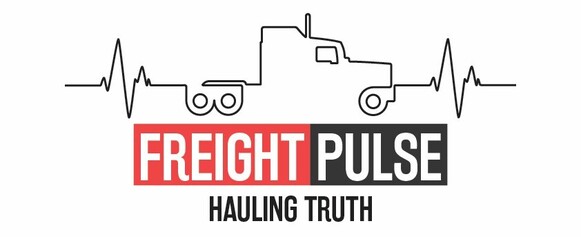The U.S. Department of Transportation (DOT) is actively seeking public input particularly from truckers, transportation professionals, trade organizations, and small businesses on how to reduce regulatory burdens across the transportation sector. This effort is part of a broader federal initiative aimed at streamlining government operations, cutting red tape, and fostering economic growth through smarter regulation.
Following directives set forth by President Donald Trump through a series of executive orders, DOT is participating in a government-wide deregulatory agenda. These executive orders include EO 14219, focused on improving government efficiency, and EO 14192, which emphasizes prosperity through deregulation. A central feature of these orders is the ambitious regulatory “trade-off” system: when introducing a new rule, agencies are expected to identify ten existing regulations for potential repeal a significant expansion from the “two-for-one” model established during the Trump administration’s earlier term.

DOT’s Call for Public Comment
To ensure its regulatory framework remains effective and responsive, DOT is encouraging stakeholders to provide input on existing rules, paperwork requirements, guidance documents, and reporting obligations. The agency is particularly interested in identifying outdated, duplicative, overly burdensome, or ineffective regulations. The feedback will help guide the DOT’s efforts to align regulatory practices with current industry needs, technological advancements, and cost-effective policy goals without compromising transportation safety or statutory obligations.
In a notice published to the Federal Register, DOT emphasized that stakeholder comments will assist the agency in ensuring it acts “in a lawful, prudent, and financially responsible manner” regarding the use of both public and private funds. This includes managing compliance costs and regulatory impact on small and mid-sized transportation enterprises.
Key Areas of Focus for Comment
DOT has outlined several areas where public feedback is especially encouraged:
-Outdated or Redundant Regulations: Are there rules that are no longer necessary or have been made obsolete by new technologies or market changes?
-Cost-Benefit Analysis: How can DOT better gather and apply data to assess the real-world costs, burdens, and benefits of its regulations?
-Modernization Opportunities: What regulations could be revised to work more efficiently or to better reflect current industry practices?
-Inefficiencies in Implementation: Are there regulations that, while still relevant, could benefit from a more cost-effective or streamlined approach?
-Technological Advances: Which regulatory requirements no longer make sense due to recent innovations, such as automation, digital reporting, or electronic logging devices?
-Project Delivery Barriers: Do any rules unnecessarily slow down permitting or construction of transportation infrastructure?
-Information Collection Practices: Is the DOT collecting data or reports it does not effectively use?
Broader Regulatory Context
This move aligns with an ongoing trend in federal policy aimed at improving the cost-effectiveness and responsiveness of government regulations. Transportation is a heavily regulated industry with far-reaching implications on public safety, commerce, and the national supply chain. DOT’s initiative reflects a recognition that well-intended rules can become outdated or overly burdensome, especially as technologies evolve and economic conditions shift.
Industry groups such as the American Trucking Associations (ATA) and Owner-Operator Independent Drivers Association (OOIDA) have long called for regulatory reform, citing compliance costs, inefficiencies, and bureaucratic delays that affect everything from driver hours-of-service to freight logistics and vehicle inspections.
By soliciting input directly from the people and businesses impacted most, DOT aims to refine its approach and foster a transportation system that is not only safer and more efficient but also more adaptable and economically sustainable.

